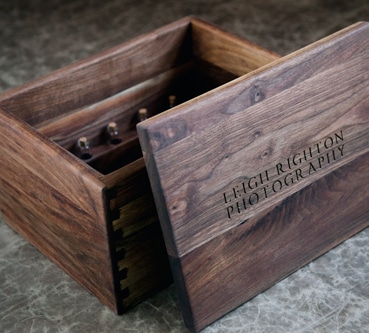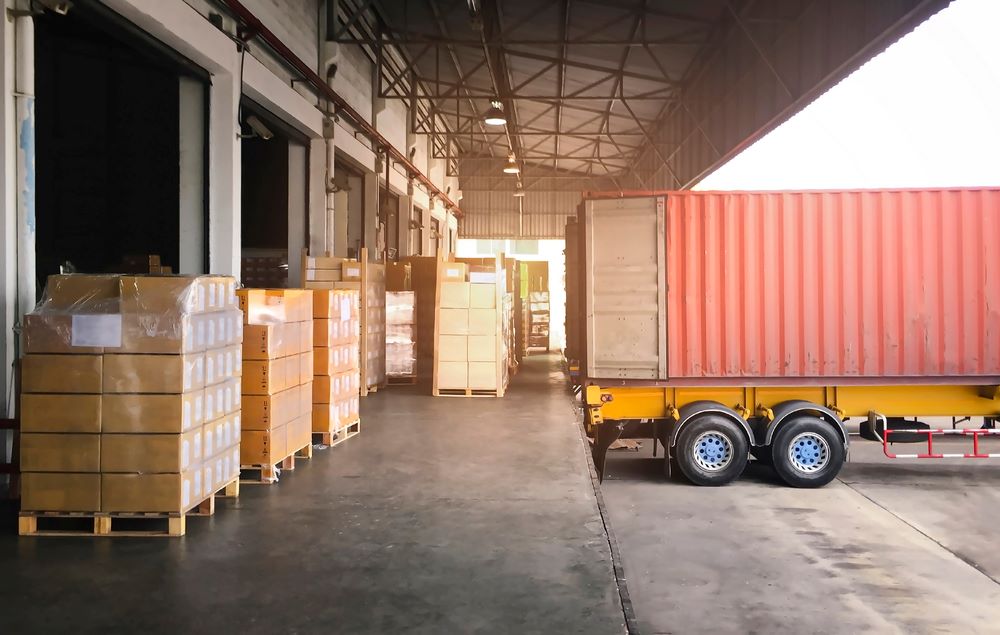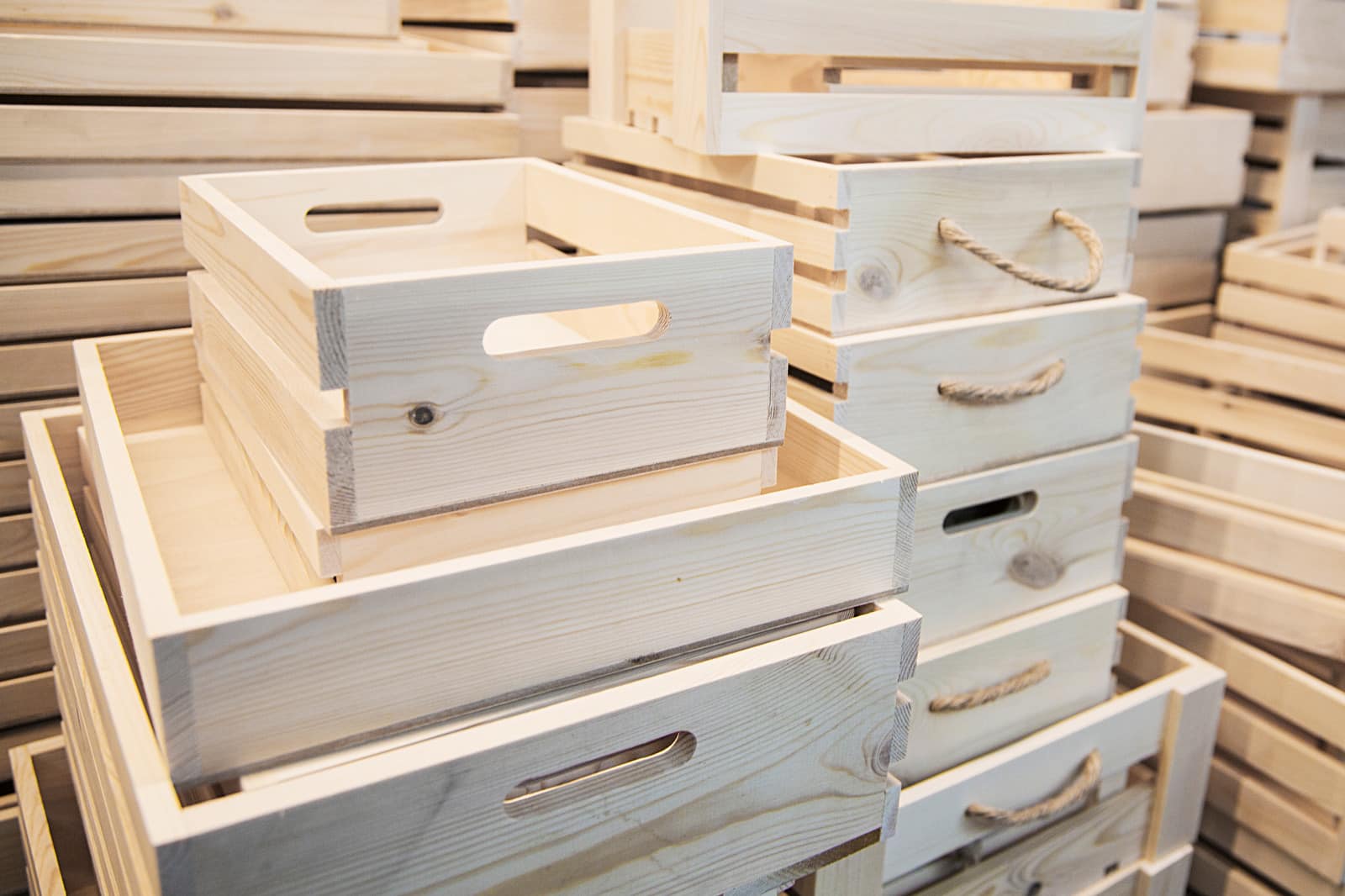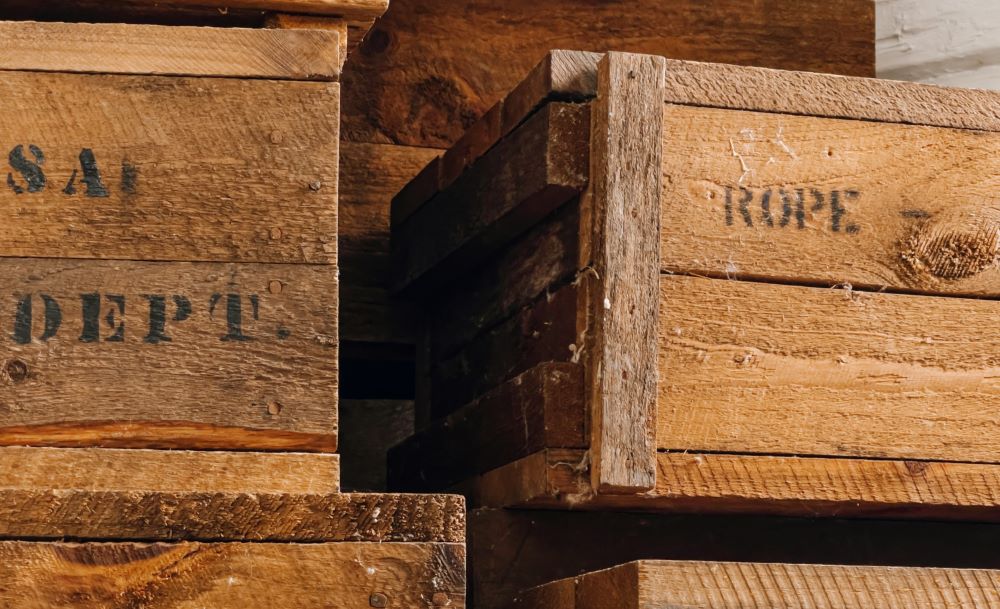
Since we started Australian Boxes and Cases (ABC) way back in 1995, we’ve been hard at work creating some of the country’s most highly acclaimed cases, pallets, and crates. One of the areas we specialise in is wine crates. You may not be aware, but when you’re selecting a container to transport your bottled wine, it’s imperative you select the right type of wine crate, to ensure the quality of your wine is maintained.
Quality Assurance and Control
The first thing you need to know about shipping wine is the importance of both Quality Assurance (QA) and Quality Control (QC). When we’re manufacturing our wine crates, we take great care to ensure these two essential processes are maintained. QA, is a failure prevention system that will help predict almost anything about product safety, quality standards and legality, as well as anything that could go wrong during the shipping process. It’s at this stage that we take steps to ensure our wooden wine boxes will help prevent any issues from arising. On the other hand, QC is the system that is used to identify any issues that may have arisen since the QA stage. Our products are developed to ensure, allowing proper care is taken, that nothing goes wrong during the shipping process.
Choice of Wine Crates
As Western Australia’s foremost specialist in wooden wine crates, we can confidently vouch for the reliability of their construction and performance. Secure and sturdy, easy to stack, and made from natural materials with no toxic ingredients, selecting a wooden crate is a safe and practical choice. Because they contain no toxic ingredients, and are made from natural, recyclable products, they minimise the risk of getting any contaminants in the wine. Wooden wine boxes can withstand heat and will assist in maintaining wine temperature. Another significant benefit is that once they’ve been used, a wooden crate can be remade or repurposed, while they’re also inexpensive to repair.
Container Loading
If you’re transporting a bulk shipment of wine, how you load, ship, unload, and then package the wine can all influence the wine’s quality control. Wine analysis, wine processing and a tasting will need to occur before the containers are shipped, so you can determine if the wine conforms to pre-loading standards. You will also need to check that each container meets the required quality control standards. When shipping wine in bulk, also take note of the type of ship, the route it will be taking, the environmental conditions on the ship, and where it will be stored. If any challenges do arise during the shipping phase, it will most likely be oxidation, temperature fluctuations, microbial spillage, cross contamination, leaking, or even tampering. This is why the wine will need to be tested when it’s offloaded and then again when it’s packaged.
Maintaining Temperature
Temperature fluctuations, and exposing wine to temperatures of more than 25°C for a long period of time, or 40°C for a short period of time can affect wine quality. Temperature stress, caused from fluctuating temperatures, can have a number of repercussions, including a perceived taste or colour change in the wine, accelerated formation of ethyl carbamate, or even the appearance of sediments in some white wines. Our wine crates have been created to help tackle this issue by preventing fluctuating temperatures.
From choosing the perfect wine crate to transport your wine in, to ensuring its temperature is maintained for the duration of the journey, there’s a lot to consider when shipping wine. To find the wine crate that’s right for you, contact ABC Crates today.
Related News

Sustainability in the Shipping and Packaging Industry – How Wooden Crates, Boxes, and Pallets are Making a Difference
In an era where environmental consciousness is paramount, industries...
Keep Reading
Different Types of Wooden Crates and Understanding Your Options for Export
Choosing the appropriate crate is crucial for the safe...
Keep Reading
When Should Manufactures Plan To Order Wooden Crates
When it comes to seamlessly incorporating wooden boxes into...
Keep Reading
 Enquire Today
Enquire Today